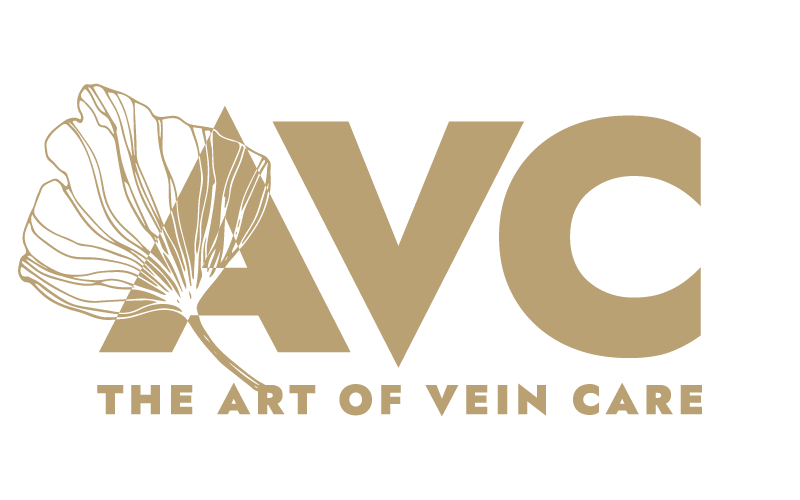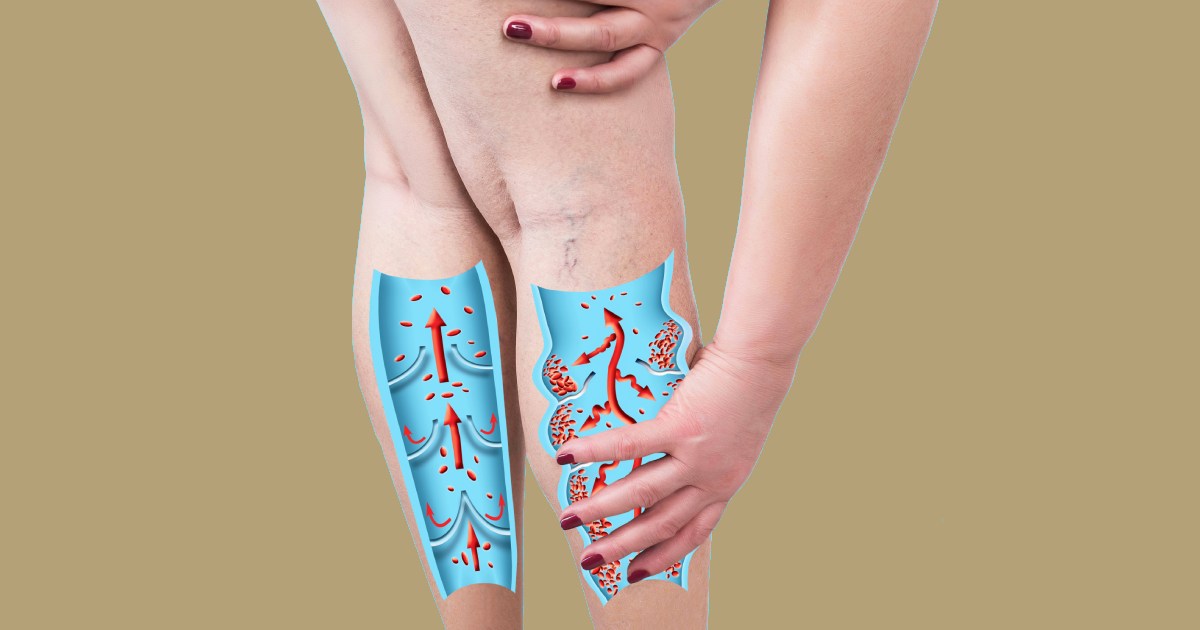1 Veins are purely a cosmetic nuisance.
Fact: Varicose veins, especially spider veins (small bluish reddish purple veins in the skin) are unsightly. These veins are usually small (around 1mm) and whilst usually harmless, their presence still suggests there may be an underlying weakness.
They can also signal the beginning of a more significant vein issue especially if there are symptoms such as leg eczema, restless legs or legs that are heavy, ache or burn.
In fact, by NOT treating these symptoms, there is an increased risk of blood clots, as well as leg ulcers that bleed and are hard to heal, or ruptured veins that bleed profusely with just the smallest knock.
2 Men don’t get varicose veins
It’s true that women are twice as likely to get varicose veins than men, largely because women have weaker connective tissue, and experience hormonal fluctuations such as pregnancy and menopause.
These factors both increase the tendency for spider veins and varicose veins.
However, whilst men are less likely to GET veins they are MORE likely to have a serious vein issue when they do get them.
The majority of hospital admissions for veins are in men, while epidemiological studies show that while superficial vein disease is higher in women, deep vein disease is higher in man (11.3) v women (7.8)*
3 Crossing the legs leads to varicose veins
This is another furphy, as the external pressure is minimal and will not damage veins.
However, if there are underlying vein issues, it can exacerbate symptoms if you remain in the same position for long periods of time, making it more difficult for your blood to flow properly.
Sources: Journal of Vascular Surgery 2013*

